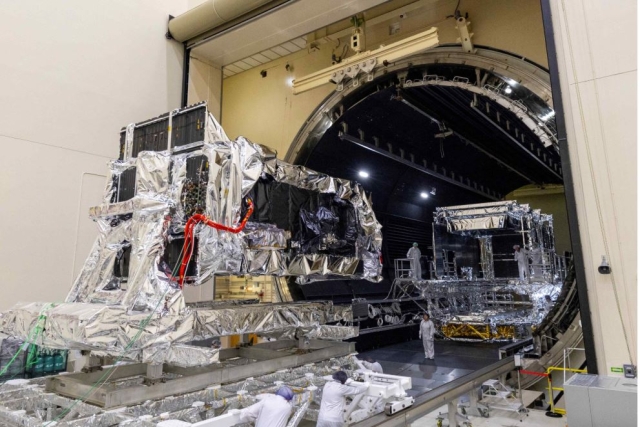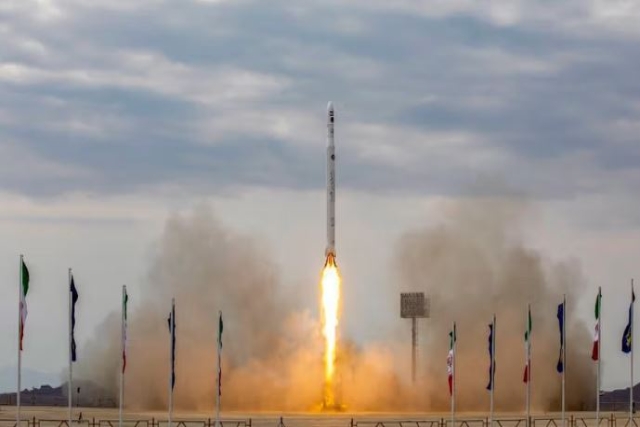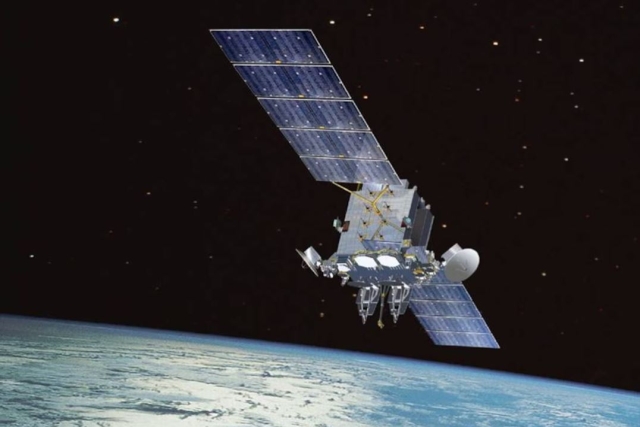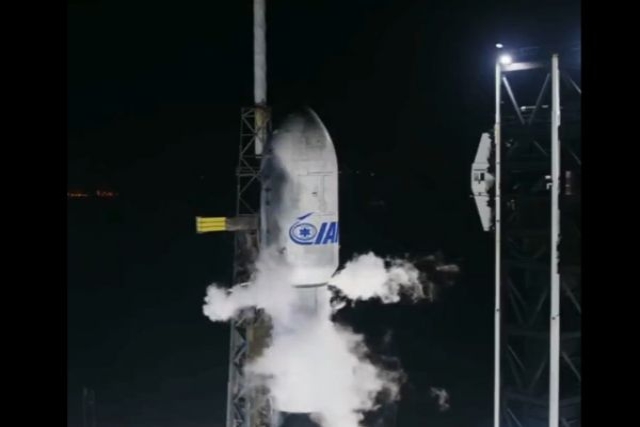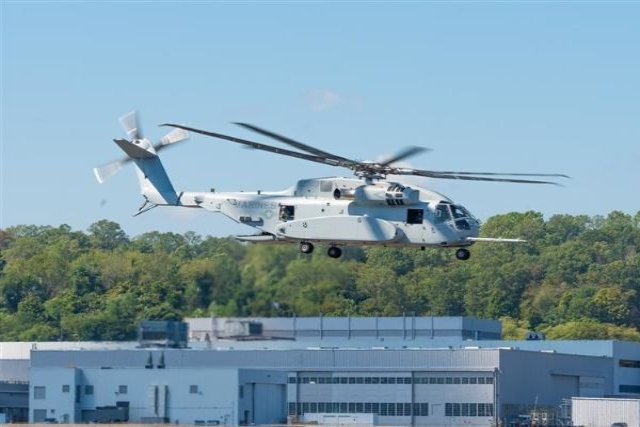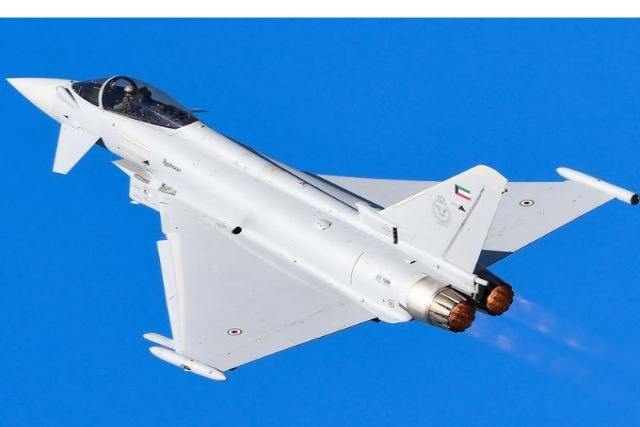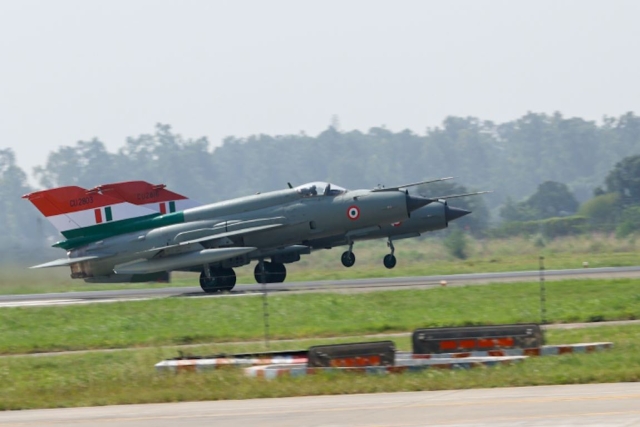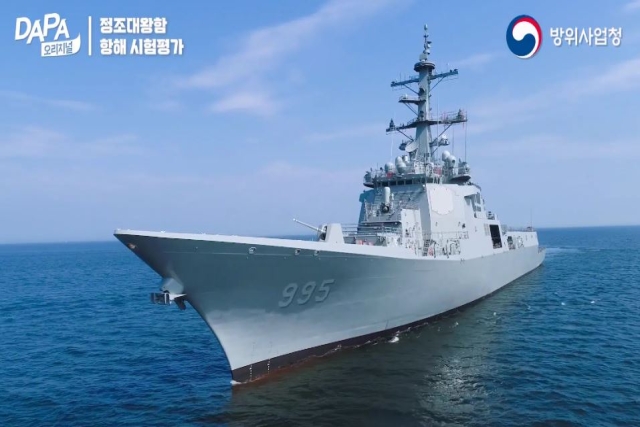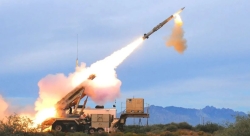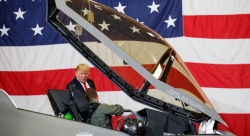U.S.A.F. Launches First NTS-3 Satellite on Vulcan Rocket
Navigation Technology Satellite aims to boost global positioning resilience for military and civilian use
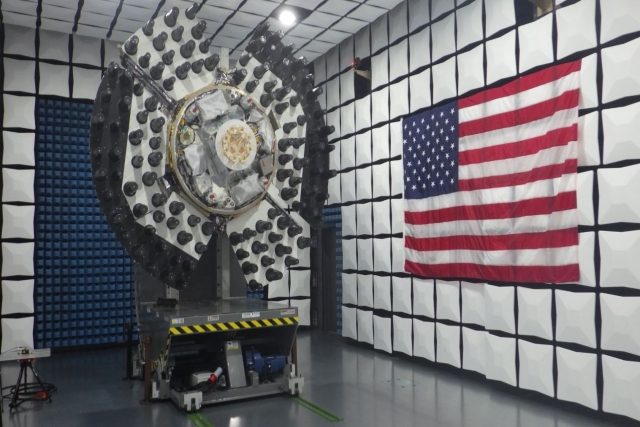
The Department of the Air Force launched its Navigation Technology Satellite-3 (NTS-3) aboard a United Launch Alliance Vulcan rocket from Cape Canaveral Space Force Station, Florida, on Aug. 12, marking the first U.S. national security payload to fly on the Vulcan.
The NTS-3 mission, part of the U.S. Space Force’s USSF-106 launch, is designed to strengthen the resilience, accuracy, and responsiveness of global positioning systems (GPS) and other positioning, navigation and timing (PNT) capabilities.
“We have a strategic imperative to deliver science and technology that enables and accelerates a resilient hybrid space architecture for the space capabilities that the joint force depends on,” said Brig. Gen. Jason E. Bartolomei, commander of the Air Force Research Laboratory (AFRL) and the Department of the Air Force technology executive officer.
The AFRL-developed satellite integrates a space-based platform, a ground control system, and agile user receivers, all connected by reprogrammable software. This architecture allows for rapid updates both in orbit and on the ground — a departure from traditional GPS systems that required hardware replacements for upgrades.
Larry Parten, NTS-3 program manager at AFRL’s Integrated Capabilities Directorate, said improved resilience in PNT is essential for operational safety. “Pilots use those signals to land a plane safely and at the correct location. Our effort to advance satellite navigation technologies will help ensure the military is in the right place at the right time to support the mission,” he said.
The technology is also expected to benefit civilian sectors that depend heavily on GPS, including banking, farming, telecommunications, and air traffic control. “We rely on GPS so much, in ways that we don’t always think about,” said Rachel Gleichmann, NTS-3 deputy program manager. “To make sure it is resilient, always available, and always accurate — or, as the military likes to say, ‘assured’ — is extremely important.”
Designated a Vanguard program in 2019, NTS-3 represents a collaborative effort between AFRL, Space Systems Command, and the Air Force Life Cycle Management Center to accelerate the deployment of advanced space capabilities.
Dr. Andrew Williams, AFRL deputy technology executive officer for space, said the project exemplifies the lab’s ability to link defense priorities with commercial, academic, and investment resources.
Key technologies onboard include advanced atomic clock timekeeping, a reprogrammable receiver compatible with both current and future signals, and a signal authentication protocol to counter GPS spoofing threats. L3Harris Technologies served as prime contractor, responsible for design, development, integration, and on-orbit operations.

